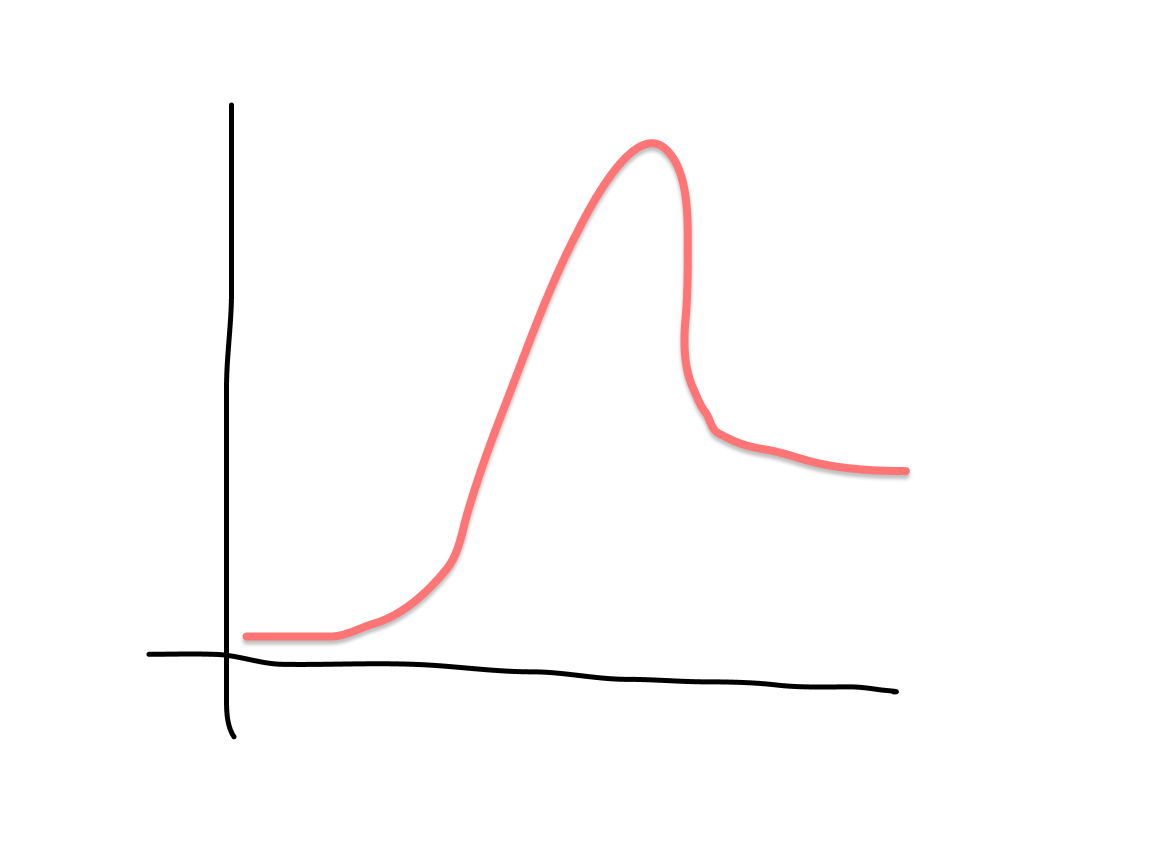People still buy tulips
In the history of the world economy, few stories capture the imagination quite like the Dutch Tulip Mania of the 17th century. This episode, often regarded as the first recorded financial bubble, serves as a reminder of the cyclical nature of markets and the human tendency towards speculation. Nowadays, these patterns of boom and bust continue to manifest in new forms and contexts. What can we learn about these cycles?

The tulip, a seemingly innocuous flower, became the centerpiece of a speculative bubble in the Netherlands during the early 17th century. Prices of tulip bulbs skyrocketed to astronomical levels, only to crash spectacularly in the span of a month, leaving many investors ruined. This episode was not an example of extreme horticultural interest but an example of market psychology and the danger of speculation. The parallels between the emotional and economic dynamics of the Tulip Mania and modern financial bubbles are striking and instructive.
Let’s take a look at cryptocurrencies for example. Its market bears a striking resemblance to the tulip frenzy. I wrote about this 5 years ago before the rise and crash of Bitcoin. Cryptocurrencies between 2019 and 2022 have experienced meteoric rises and precipitous falls, driven by a mix of innovation, speculation, and investor sentiment. I saw it, and I wrote about it. Despite that I didn’t take advantage of it. Thinking the fall was always one week away.
Financial markets often exhibit a pattern where a surge in demand leads to a peak, followed by a decline, settling at a plateau higher than the initial starting point. This is what I would like you to focus on.
The plateau is often higher than the initial starting point.

Understanding this pattern is crucial for investors and entrepreneurs looking for opportunities. Being early is often good enough, despite being in the middle of a bubble. As long as you realize what you are doing and are not too greedy.
This is where the secret to successful investing often lies: timing. Knowing when to enter and exit a market can be the difference between success and failure. Jeff Bezos’s decision to launch Amazon was influenced by his observation of projected internet’s growth. It is an example of leveraging timing to one’s advantage. This principle extends across industries.
As we look to the future, the question arises: What are the next ‘bubbles’ or high-growth areas? Sectors like Artificial Intelligence and renewable energy present potential opportunities for explosive growth. Identifying and riding these waves requires an understanding of technology and markets and an insight into human behavior and societal trends.
Take Artificial Intelligence. Everybody talks about it. It feels like we are in a bubble. But are we at the peak? Is the status quo going to plateau at a higher level than today? That seems likely.
It is not too late.
The story of the tulip, while centuries old, offers lessons for modern investors and entrepreneurs. By studying past bubbles, like the Tulip Mania, and understanding their modern counterparts, such as the cryptocurrency market, we can better understand our turbulent economic times. And if you find a new Tulip, don’t get discouraged by the hype, start working on it. The plateau may still be higher than where you are. Remember, people still buy tulips.